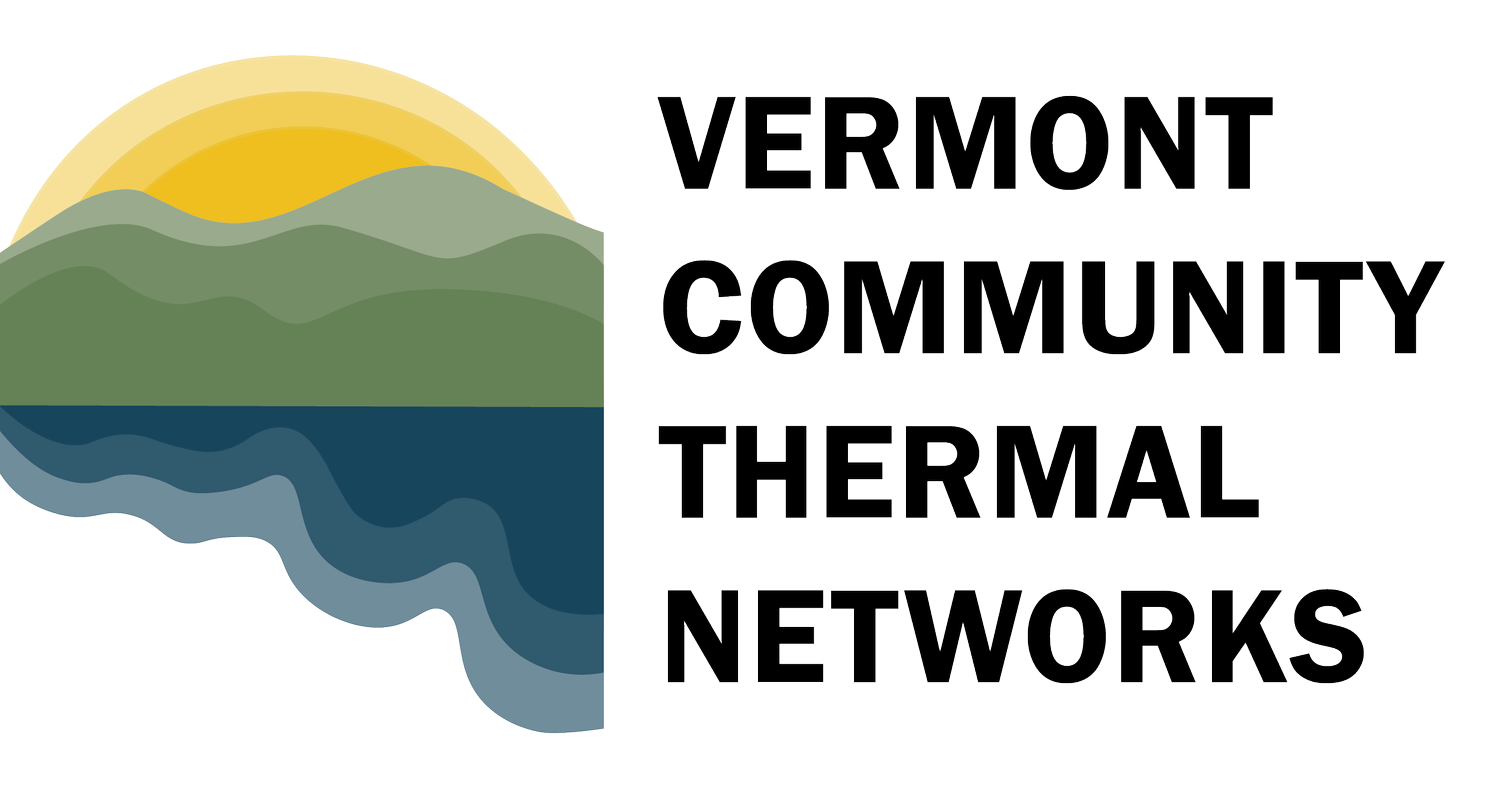APRIL 4 WEBINAR
HOSTED BY RENEWABLE ENERGY VERMONT
The Business and Benefits of
Thermal Energy Networks
As we strive for 100% clean energy in Vermont, we need a holistic vision that includes multiple, synergistic technologies. Geothermal and other kinds of thermal energy networks can be one part of the solution. Known as electrification’s best friend, these systems help to balance electric loads and shave peaks year-round. Thermal networks are a great complement to other renewable resources and close to net zero when paired with solar.
In this webinar, we heard from a leading researcher and presidents of two national ground source heat pump and geothermal trade associations about how we can employ thermal networks as part of a larger electrification strategy. They also identified key opportunities, IRA incentives, and the kinds of businesses needed to help Vermont take advantage of the many benefits of thermal energy networks.
Watch the recording below to learn about:
The “Falcon Curve” that shows the power of thermal networks to shave electric peaks and mitigate demand on the electric grid.
Key incentives that make thermal networks more affordable.
Kinds of businesses needed to help Vermont take advantage of the many benefits of thermal energy networks.
Find information about the full webinar series here.
FEATURING
Zeyneb Magavi
Co-Executive Director of HEET, a nonprofit climate solution incubator
Ryan Dougherty
President of GEO (Geothermal Exchange Organization), a non-profit trade association
Jeff Hammond
President of IGSHPA, the International Ground Source Heat Pump Association
“We’re at a ‘yes, and’ moment when it comes to combating climate change. We need more renewable generation, more energy storage, more electrification, and it’s going to take a full ecosystem of complementary technologies to make that a reality…
Thermal energy networks have a lot of exciting elements to add, including how they can mitigate dramatic swings in energy demand between our shoulder seasons and our winter and summer–or heating and cooling–seasons, which reduces the renewable capacity we need to match those peaks. Thermal energy networks can bring a lot of flexibility and a lot of balance to the system.”
— Jonathan Dowds, REV



